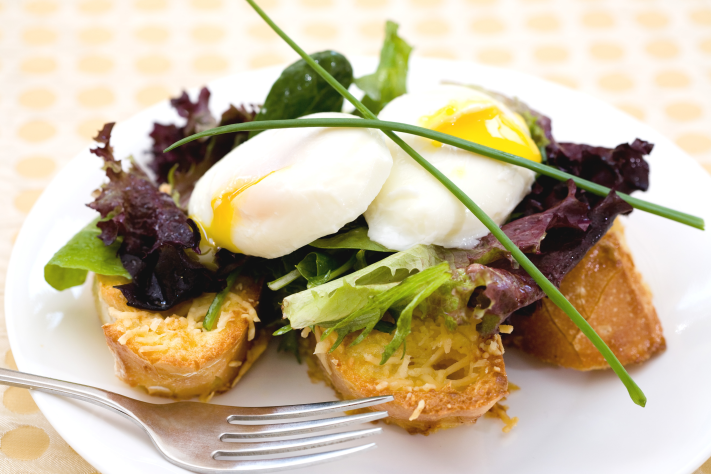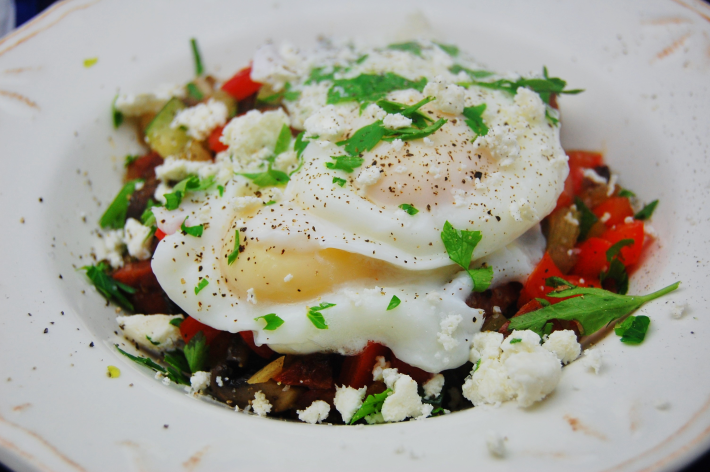 Sayer Ji, Green Med Info
Sayer Ji, Green Med Info
Waking Times
Between the hard and fast dichotomies of cooked and raw, dead and alive, is this beautiful thing called fermented. A place where many of the digestive challenges associated with raw foods (e.g. enzyme inhibitors, anti-nutrients, lectins) are overcome in favor of not just preserving their benefits (e.g. enzyme activity, vitamin content, life energy), but amplifying them. Also overcome are the adverse consequences of cooking, e.g. enzyme destruction, vitamin activity degradation, oxidized fats, denatured proteins, etc., while still benefiting from the enhanced digestibility and assimilation that certain cooking applications offer. Fermented food is in many ways the complementary union of cooked and raw, as well as their transcendence – an image, not unlike the Tai Chi, comes to mind.
In fact, fermentation has almost heretical power in the realm of both medicine and nutrition, being quite capable of literally “raising the dead,” as well, revitalizing and infusing with living and breathing energy a food ingredient that has been cooked into oblivion, or, a human whose body has been poisoned close to the point of death with antibiotics, or similarly biocidal drugs or chemicals.
There is no lack of scientific confirmation for the indisputable value of fermented food for the promotion of health and wellbeing. In fact, one could consider fermented foods like kimchi, natto, apple cider vinegar, and even – in moderation – wine, coffee, chocolate and beer, ‘medical foods’ of sorts. At GreenMedInfo we have been indexing these functional applications in disease prevention and treatment straight from the research housed on National Library of Medicine, and have found over 140+ diseases that may be prevented or ameliorated by their use. [see: Fermented Food Health Benefits Research]
There are a broad range of fermented foods we could look at to illustrate their power to heal. After all, every single culture on the planet used (not a semantic coincidence:) culturing to sustain themselves. But for this short article we will focus on Asian traditional preparations, since there is already such a huge body of clinical research demonstrating their amazing health effects:
- Kimchi – a probiotic strain isolated from the fermented cabbage preparation kimchi known asLactobacillus brevis is capable of degrading organophosphorus pesticides.
- Kimchi – a probiotic strain known as Bacillus pumilus found within this fermented food is capable of degrading bisphenol A, a powerful endocrine disruptive chemical.
- Miso – a fermented soy food has been shown, when consumed regularly, to reduce the risk ofbreast cancer in women by up to 54%.
- Miso – capable of regressing colon cancer growth in the animal model.
- Natto – A fermented soybean extract that has been shown to suppress plaque buildup (as measured by the intima media thickness) in the arteries in an animal model.
- Natto – capable of contributing to nerve regeneration following sciatic nerve crush injury.
 This is, of course, only the tip of the iceberg when it comes to illustrating the remarkable properties of fermented food. We encourage our readers to take a look at our extensive database on the subject of the health benefits of fermented food.
This is, of course, only the tip of the iceberg when it comes to illustrating the remarkable properties of fermented food. We encourage our readers to take a look at our extensive database on the subject of the health benefits of fermented food.
Another important point to make about fermented food is that it generates an entirely novel set of nutrients and medically important phytocompounds, in addition to what is found in the starter culture ingredients themselves. This is not unlike what happens when we consume a raw or cooked food, and the beneficial bacteria within our gut go to work to break down anti-nutrients, or secrete enzymes we ourselves are not capable of producing, or at least not in adequate quantities. There is something known as the food metabolome. It is that set of small-molecule metabolites of foods – numbering over 3,500 – that are byproducts of our organism interacting with food to produce novel new byproducts. For example, flaxseed contains high levels of lignans, which once thrown into the fermentive crucible of our digestive process, are broken down into at least two important metabolic byproducts: enterlactone and enterodial – both which are phytoestrogens, and are largely responsible for flaxseed’s tumor regressive actions in estrogen sensitive cancers such as breast and prostate cancer. These two compounds only exist in between the human organism and the flaxseed organism, and would not exist without the “third organism,” if you will, which is the vast populations of beneficial bacteria within our alimentary canal. So important are these microflora to our existence, that some scholars have suggested we reclassify ourselves as a “meta-organism,” as we are a composite of a wide range of organisms – in fact, 10 times more numerous are these “other” organisms than our own cells. Indeed, as we discussed in a previous article, even our own mitochondria – the powerhouses of our cells – were once bacteria living outside of our bodies.
Ultimately, a return to fermented foods are a return to our own ground of being, and well-being. There are profound challenges that stand in our way, of course. The modern world nukes its food, yes, with literal nuclear waste. We microwave, we cook, we fry, we dehydrate, we spray our food into certain death. And now new research shows that even the very food starter bacteria normally found within healthy soil are being decimated by Monsanto’s ROUNDUP herbicide glyphosate, which is destroying its microbial biodiversity and hence fertility. Certain regions of the world that have depended on these indispensable dairy-culturing organisms for countless generations now have none to be found.
So, we must hunker down. And work on cooperating locally to produce, and support the producers of, organically grown food. Sharing raw cultures. Becoming intimately involved with the quality of the food we consume. And remembering that fermented food is one of the key, if not indispensable ingredients in attaining and maintaining optimal health. And furthermore, that one cannot separate out personal or human health from planetary health; they are, and always have been indivisible.
About the Author
Sayer Ji is the founder of GreenMedInfo.com, an author, researcher, lecturer, and an advisory board member of the National Health Federation. Google Plus Profile. His writings have been published and referenced widely in print and online, including, Truthout, Mercola.com, New York Times online, The Journal of Gluten Sensitivity, New York Times and The Well Being Journal.
He founded Greenmedinfo.com in 2008 in order to provide the world an open access, evidence-based resource supporting natural and integrative modalities. It is widely recognized as the most widely referenced health resource of its kind.
















